Can the National Trust dumb down any further? Its latest crazed venture, the Colonial Countryside project, is ‘a child-led history and writing project’, working with 100 primary school pupils, 16 historians and ten commissioned writers. The aim is to ensure that ‘robustly researched stories of empire are communicated’.
So here comes another highly politicised scheme – in the light of its disastrous LGBTQ campaign, forcing volunteers to wear rainbow badges, and outing the owner of one of its great houses, Robert Wyndham Ketton-Cremer, who bequeathed Felbrigg Hall to the Trust.
As Charles Moore writes in his Telegraph column this week, the experts on the colonial project are of a predictable, Conservative-bashing nature:
‘Raj Pal, who says he is working on Churchill and Chartwell (a National Trust property) …(tweets) that Denis and Margaret Thatcher loved one another because ‘two of the vilest human beings had so much in common’.
This new campaign reaches new lows because it enlists primary school children. Blameless as they are, why should their unformed opinions have anything to do with the Trust’s public information? And is this a wise use of money from Arts Council England and the Lottery Heritage Fund that could have been spent on buildings and landscapes? As Charles Moore writes, the children ‘are taken to the Eastern Museum in Kedleston Hall, home of Lord Curzon, one of the Trust’s greatest benefactors. Interviewed on the Trust’s promotional film, one of the little girls says she wonders if Curzon (Foreign Secretary, Viceroy of India) ‘ever had a job; if he was ever just a normal man’.’
To reiterate, the children are blameless. But it’s utterly nuts that an institution devoted to preserving landscapes and houses should first become politicised; and, secondly, as an institution once devoted to aesthetic scholarship, should have a project led by children.
As a boy, I used to race around Bodiam Castle and Sissinghurst. I adored the ramparts and moat of the castle. I loved playing hide and seek in the Sissinghurst gardens, gazing up at its tower.
I didn’t expect to be leading a project about medieval architecture, though. I expected experts to be in charge, as they were then. As I grew up, and fell deeply in love with architecture, I could turn to those experts and learn more. I’d have learnt nothing if I turned to those experts and they turned out to be a children and a group of academics, who replace facts and scholarship with pure opinion.
But then the Trust for a decade now has been turning its back on scholarship, knowledge and history. Helen Ghosh, director-general of the NT between 2012 and 2018, declared there was ‘so much stuff’ in National Trust houses.
And, this year, the Trust has hit real lows. In the summer, it declared its intention to ‘dial down’ its role as a big cultural institution and move away from being the custodians of the English country house. An internal briefing document said the Trust intended to put its collections in storage and hold fewer exhibitions at its properties to prioritise its role as the ‘gateway to the outdoors’. The ten-year strategy attacked the ‘outdated mansion experience… serving a loyal but dwindling audience’.
Also this year, the Trust proposed getting rid of its experts – who weren’t children but were deeply embedded in the properties’ history. In its proposals for ‘Curation and Experience’, it proposed removing the lead curators in the regions and many junior curators. That meant getting rid of brilliant scholars of architecture, archaeology, historic gardens, paintings, sculpture, furniture, textiles, silver, and libraries.
All this was directly in opposition to what most of the Trust’s members value it for: those lovely landscapes and buildings. Members will continue to pay their subscriptions. At least the children and the campaigning dons can’t get at them while they’re walking the Trust’s epic landscapes – though it’s getting harder and harder to avoid the moronic campaigns inside the houses and the badly spelt literature they hand out.
The members don’t want a lecture from anyone – least of all children and politicised campaigners. But nothing will change as long as there’s such a huge gap between the woke elite who run the Trust and the five million members who pay their wages.
Got something to add? Join the discussion and comment below.
Get 10 issues for just $10
Subscribe to The Spectator Australia today for the next 10 magazine issues, plus full online access, for just $10.
Harry Mount is author of How England Made the English (Penguin)

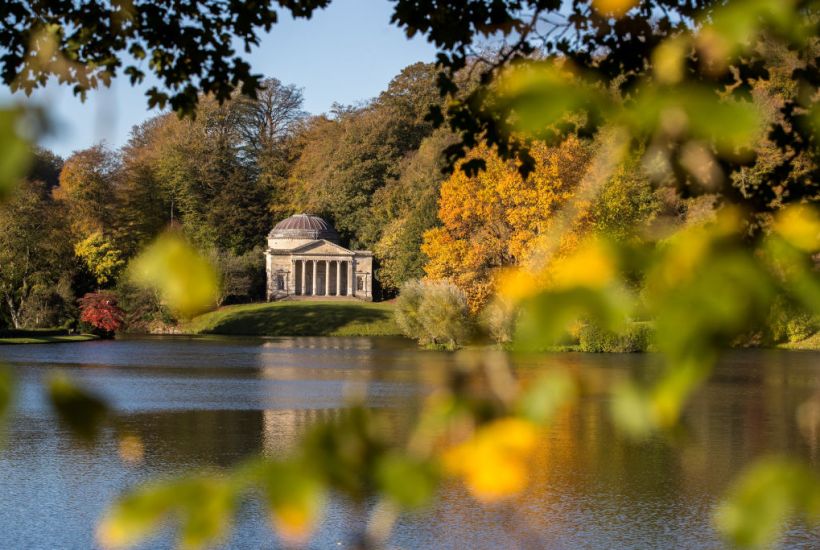
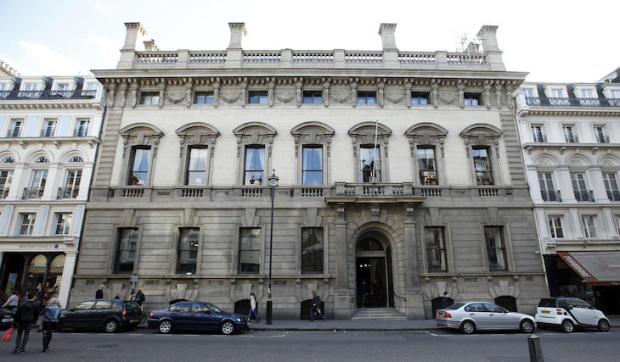
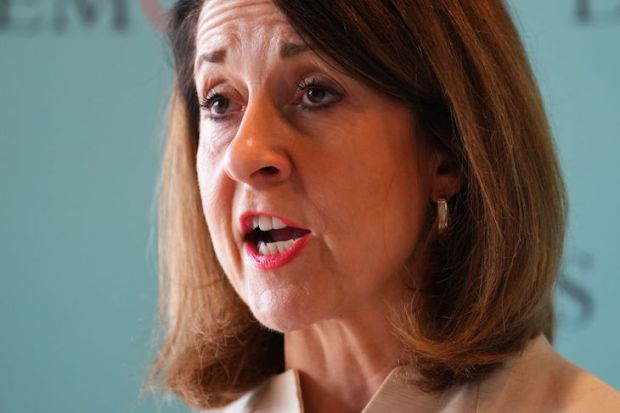
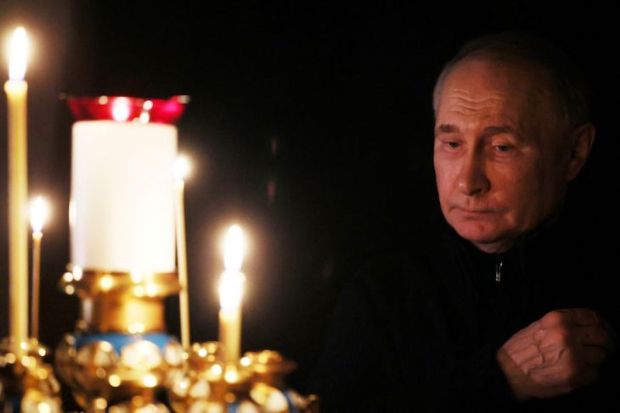
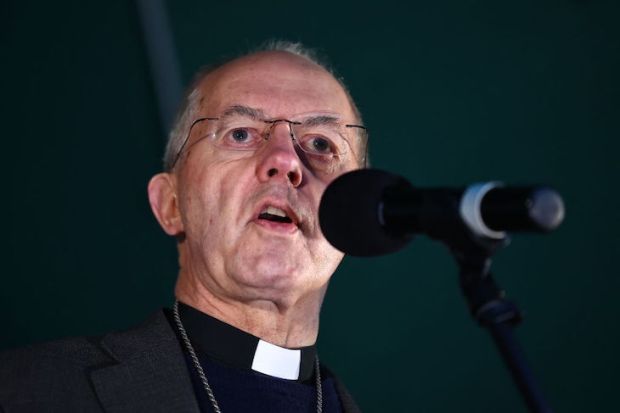

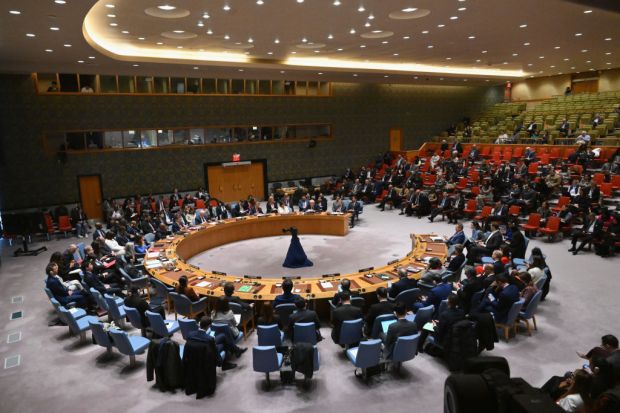












Comments
Don't miss out
Join the conversation with other Spectator Australia readers. Subscribe to leave a comment.
SUBSCRIBEAlready a subscriber? Log in